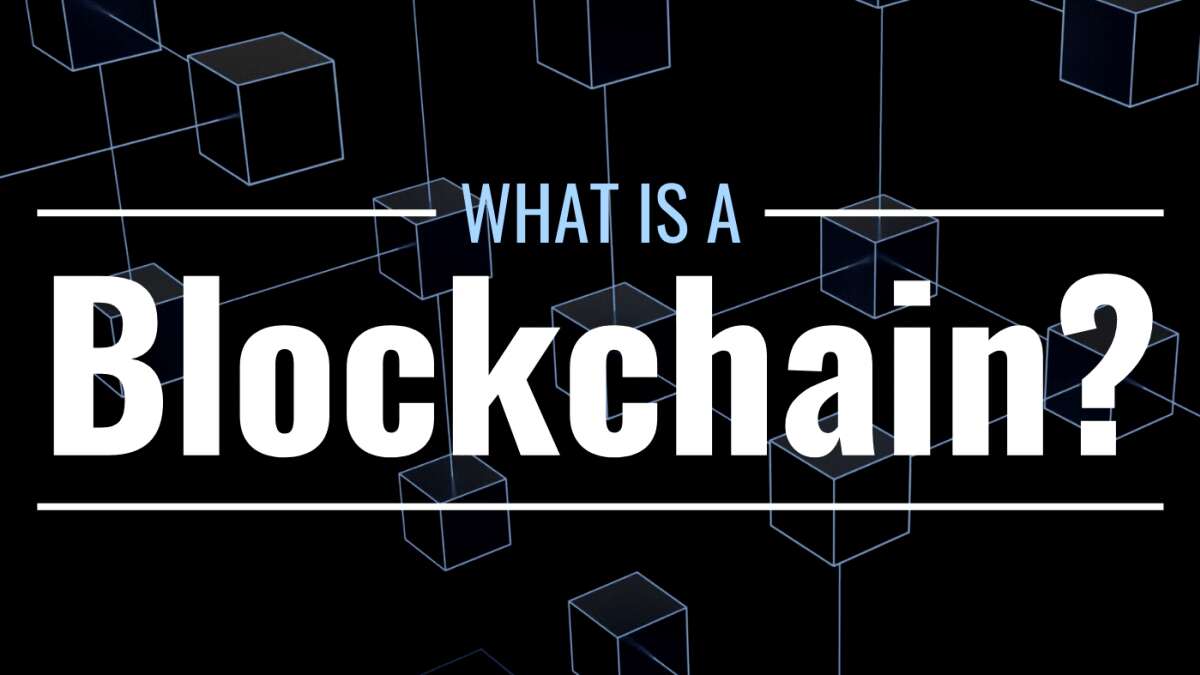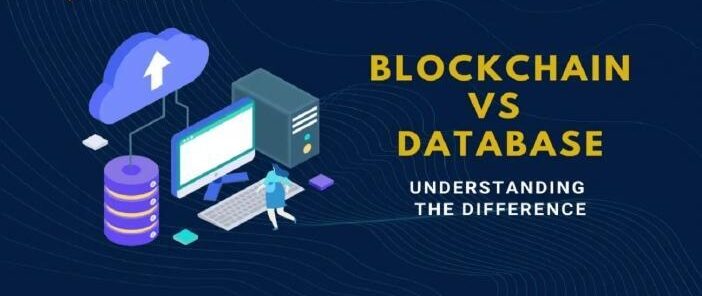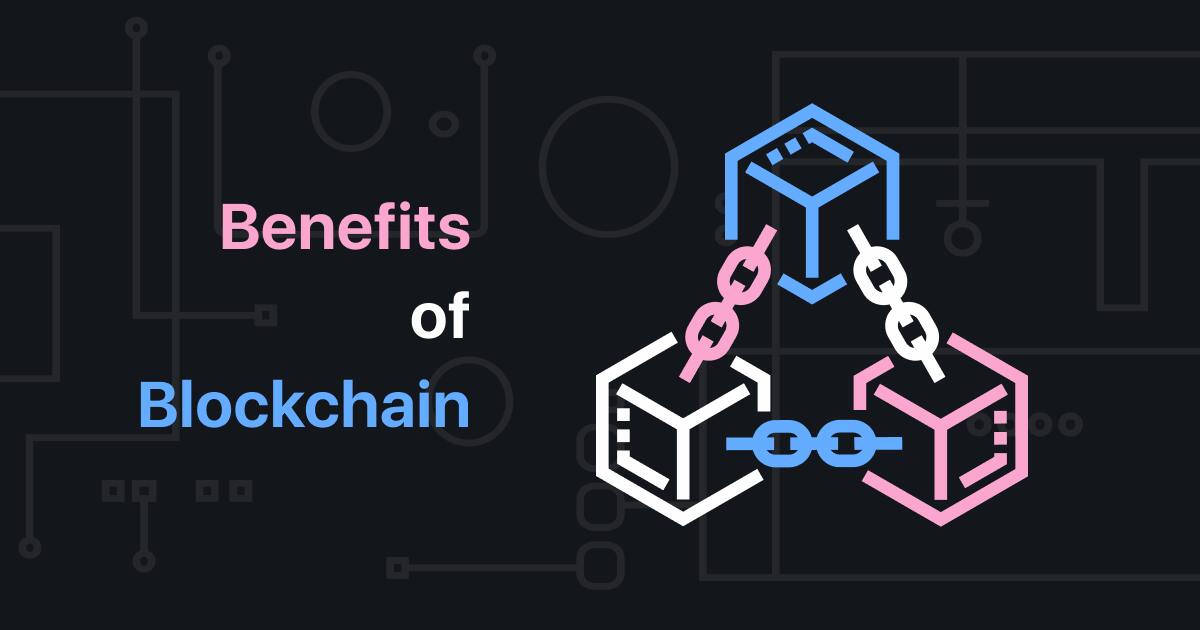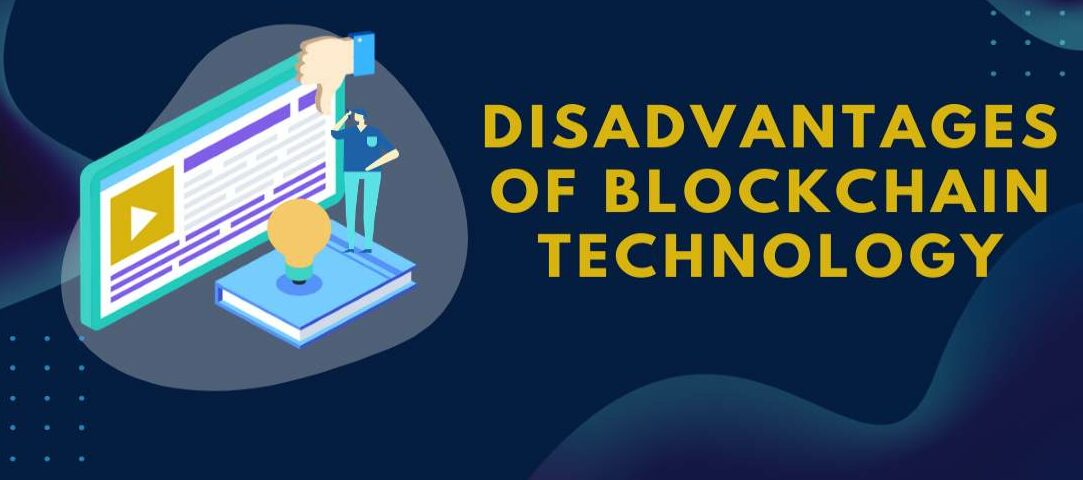Blockchains are now being extensively used in the financial industry to store and record information. They are mostly used in the records of digital transactions of cryptocurrency, but it is also used in real estate, health, supply chain management, logistics, distributed energy resources, retail, and many other industries where they need to maintain a strict record.
However, one must use blockchain with caution, seeing that there are ways to disrupt its functioning. People with ill intentions can break the chain and alter the properties of the remaining blockchain to function in a way that suits their needs. Installing regulatory and other security features within the system can be difficult, which might even reduce the efficiency of the blockchain. In this article, we will discuss blockchains in detail, including their functions, benefits, and possible threats in the system.
Blockchains: A Financial Innovation and its Setbacks
In the improvement of the status of financial inclusion, and the financial capability of vulnerable communities, technical innovations have been invaluable. These innovations changed the way financial institutes function and how people receive financial services and products which are available to them. Some of the newer innovations, like digital money, AI-based customer service, etc., are extremely popular with both the service providers and the clients.
However, while calling all innovations in financial capability, the applications of blockchain are indispensable. Their applications have found their place in the heart of the financial industry as a digital distributed ledger technology. However, this new technology is not without its risks. In addition, it is more difficult to implement regulatory policies due to its decentralized nature.
What are Blockchains, and How They Work?

Every business needs to maintain records, store, and share information to run smoothly. New technologies are constantly being developed to make this process easier, more secure, more accurate, and more transparent. Blockchain is one of those innovations that has been changing the world of information technology. It provides a faster, more accurate, and safe method of information storing and sharing.
Blockchain is defined as a digital ledger that facilitates the recording of transactions and helps in tracking assets in the business network. It is equipped to deal with both tangible assets, such as a house, car, cash, or land, and intangible assets, such as intellectual property, patents, copyrights, or branding. The blockchain network functions in real-time, providing all the involved networks with updated information. The major applications of a blockchain network can be to track orders, payments, production, accounts, and many more options. It is favored by so many industries mainly because it reduces associated risks and it is cost-efficient.
Key Features of Blockchain
The invention of the blockchain has benefitted many industries making them more efficient and reducing the cost of production, thus, helping both the producers and the consumers. The features that make blockchain technology so groundbreaking can be summarized in the following points.
- Distributed Ledger Technology – The basis of blockchain is the ledger system that records all transactions only once. This ledger is shared among all partner networks that have access to the information that is stored in this ledger.
- Immutable Records – The records are immutable, making them more secure than other forms of recording. Only networks with proper permission can access the information, but they cannot change or tamper with already recorded transactions. In case of any erroneous transaction record, another transaction needs to be recorded to correct the error. In the end, both the correct and the incorrect transaction record will be visible for all partner networks to see.
- Using Smart Contracts – Smart contracts are a predetermined set of rules that are already stored in the blockchain to facilitate transactions. With the help of set conditions, smart records automatically execute transactions and record them. It can be used for corporate bond transfers, including terms for insurance payments and many more applications.
Difference Between Blockchain and Typical Database

The major difference between a blockchain and a more typical database is how the data is structured in a blockchain. As the name suggests, the data is stored in groups called “blocks.” Each block contains the same amount of information which is then linked with previously filled blocks to form chains of information. This chain of information is what is referred to as the blockchain. New information is continuously stored as blocks with a fixed capacity to hold information, and a fully filled block is added to the previous block in the link.
This structure of linking information as chunks of data is different from the tables in which other databases store information. Each block is stamped with the time at which the information is stored, making it impossible to reverse any records. This is why every transaction record becomes a part of the timeline when it is implemented in a decentralized manner.
How Does a Blockchain Function?
To understand its usefulness, we first need to understand how the blockchain works – how transactions are made, how they are encrypted, and finally, how it is recorded forever. Although it is difficult to explain the technical intricacies of how a blockchain functions, still we have presented the functioning of blockchain in a simplified, stepwise manner in the following points:
- First, a transaction is conducted, and it is entered to be recorded in the blockchain.
- All relevant information regarding this transaction is then distributed among all the connected networks, which is a system of peer-to-peer computers that are present in all parts of the world.
- The partner computers confirm the credibility of the information before recording the transaction. This is done by every computer in the network by solving a set of equations.
- After receiving the green signals from the computers that these are legitimate transactions, the information is stored in clusters or blocks. Each block has a specific capacity to hold information, and once the limit is reached, the next piece of information is then stored in a new block.
- The blocks are then linked together in a long chain, and each block has a timestamp, so all the records are permanent and irreversible. The chain forms the history of all transactions recorded.
- After the linking of blocks is complete, the transaction is finally shown to be complete.
Benefits of Blockchain

Blockchains are highly beneficial, especially in the world of finances, as it provides faster, more secure, and transparent transactions. They form the backbone of cryptocurrency and smart contracts. Because of this, blockchains have a lot of edge over traditional record-keeping systems. Specifically, traditional records are more time-consuming as they need to waste efforts in duplicating records and also need validations from third-party. After post offices fill financial inclusion gaps in reaching remote areas, blockchains can be used to improve financial capability. Some of the specific benefits are as follows:
- More Trustworthy – The blockchain only distributes the information among member networks. Since the access is limited to only members, the users have a greater guarantee that the data is accurate and timely.
- Higher Security – It is among the most secure forms of data recording. This is because before storing, every member network needs to verify the information before recording, and once it is recorded, all the information is absolutely permanent, and no one, not even system administrators, has the power to delete any part of the blockchain.
- Greater Efficiency – All transactions are conducted at a faster rate compared to traditional record-storing systems because it eliminates all redundancies in the process, such as duplication of records or validations from third parties.
- Improves Financial Inclusion – It reduces the cost of production by removing costs that were earlier paid to intermediaries. Thus, it reduces the overall price of financial products, making them more accessible to the poorer section of the community. It is the best example to highlight how innovation happens in the financial inclusion movement and elsewhere.
Using Blockchains to Create Smart Contracts
Smart contracts are a feature that is embedded in blockchain technology to automate functions and improve the overall efficiency of the program. Smart contracts is a self-executing code that incorporates the terms of an agreement between parties. Every transaction through the blockchain subsequently goes through verification by the smart contract code, which operates automatically without any external input. After verification, the transaction process is completed.
What makes smart contracts so unique is that it is encoded within the blockchain, control the assets of the blockchain, and are also executed by the blockchain. This reduces the need for any third-party software making it more efficient in the process. In fact, smart contracts have many benefits, such as:
- It reduces transactional risks by removing the need for any third-party intervention.
- It removes other related risks such as manipulation, intervention, manual error, or any other problems which are usually linked to the use of traditional third parties.
- Due to its system of nondiscriminatory transaction execution and validation, the entire method is error-proof.
- It reduces redundancy of effort by recording all transactions simultaneously and permanently across all the computers within the same network system.
- In some cases, smart contracts are also used to provide authentic economic identities for vulnerable populations such as refugees and internally displaced persons. This step has greatly improved the rate of financial inclusion and capability among the underserved population by creating an economic footprint for the unbanked.
Potential Risks of Using Blockchain

Blockchains and smart contracts are not completely impervious to errors, as there have been instances of attacks on the blockchain. In fact, the attack on the Ethereum blockchain – the basis for the crowdsourcing venture capital platform – of the almost $80 million hack has raised concerns regarding the security features of blockchain. Smart contracts are identified as a weak point standing in the path of broader adoption and scalability of the technology. It also poses security threats as the vulnerability in its programming can potentially be the entry point for attackers.
An ‘attack’ refers to a situation where a group of miners with malicious intent control the mining computing power, which decides the transactions that are validated and added (or removed). If the attackers gain control of more than 50% of the blockchain, then they can program it to perform fraudulent behavior. The changes made in the blockchain become longer than the original forcing the other participants to follow the new protocols. The effects of this 51% attack can be disastrous for the parties involved. The particular impacts of the attack are as follows:
- The participant will be able to use a single token to pay for two different services before one of the service providers realizes that the token has already been spent. This leads to double spending, which is a major issue with electric money.
- The 51% attack can change the strategic direction of the blockchain from Proof of Work (PoW) mining to Proof of Stake (PoS) voting. This system is not very efficient due to the schisms or splits in the system – known as “forks” – which makes it more vulnerable.
- The encoded programming of a smart contract can be attacked to change the behavior of the entire blockchain.
- The attacked blockchain can then serve the purpose of the hacker instead of following its original protocol.
Such attacks are not plausible in the case of large blockchains like Bitcoin, but blockchains with smaller groups of miners can fall victim to these 51% attacks.
Frequently Asked Questions (FAQs)
Q1. What if the blockchain is broken?
When a blockchain is attacked by hackers, they modify or alter the configuration of the blockchain, which is generally referred to as a broken blockchain. The hacker can break a blockchain by gaining control of more than 50% of the blockchain’s computational power or hash rate.
When this happens, the attacker is free to use the digital currency however they may please as they can program the hash rate to give a desired outcome for them. As blockchains are used to record transactions with digital currencies like bitcoins etc., a broken blockchain fails to record the transaction, and there remains an excess of tokens. A break in the blockchain can also be used to alter ownership details.
Q2. Can blockchain survive without crypto?
Blockchains are simply a method of keeping track of transactions and maintaining records. Its most known application is in the records of transactions using cryptocurrencies. However, blockchains have several applications other than cryptocurrencies. Since it is a method for keeping records, it can be used for identification records, online privacy, supply chain, smart contracts, healthcare, logistics, and many other applications where they need to maintain a ledger in real-time.
Q3. How long would it take to break a blockchain?
As of now, blockchains are not easy to break. However, with the invention of quantum computers, it would be extremely easy to break blockchains within a few minutes. For now, it takes a long time even to alter one block in the chain, and an attacker would need to gain control of at least 50% of the entire chain to take over the functioning of the blockchain. This is known as the 51% attack. That is when a blockchain is said to be broken.
Final Thoughts
Blockchains are one of the widely applicable innovations that have revolutionized how digital records are maintained. They are used in the world of finances, real estate, healthcare, and even in the diamond industry! However, it is not completely secure as it stands today – attackers can break a blockchain.
However, even that is not an easy task without alerting at least one computer in the network of computers. But if an attacker can gain control of more than 50% of the blockchain, it can gain control of the entire thing and thus control the functioning of the blockchain to its own benefit.
Although specialists are trying to introduce more security features within the blockchain, it is difficult to anticipate the vulnerabilities of the blockchain. Also, there is the issue of reduced efficiencies if the blockchain is too encumbered with security features.
The authority also finds a hard time implementing regulating policies as it is a decentralized system consisting of a network of computers instead of one. To summarize, the functionality of blockchain can be improved by developing better security features that can be integrated into the system.
Author Profile

- Jonas Taylor is a financial expert and experienced writer with a focus on finance news, accounting software, and related topics. He has a talent for explaining complex financial concepts in an accessible way and has published high-quality content in various publications. He is dedicated to delivering valuable information to readers, staying up-to-date with financial news and trends, and sharing his expertise with others.
Latest entries
 BlogOctober 30, 2023Exposing the Money Myth: Financing Real Estate Deals
BlogOctober 30, 2023Exposing the Money Myth: Financing Real Estate Deals BlogOctober 30, 2023Real Estate Success: Motivation
BlogOctober 30, 2023Real Estate Success: Motivation BlogOctober 28, 2023The Santa Claus Rally
BlogOctober 28, 2023The Santa Claus Rally BlogOctober 28, 2023Build Your Team – the Importance of Networking for Traders
BlogOctober 28, 2023Build Your Team – the Importance of Networking for Traders

